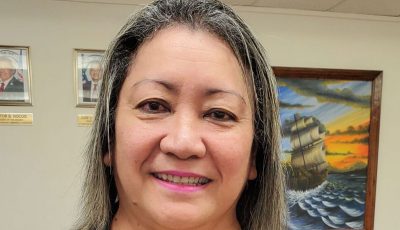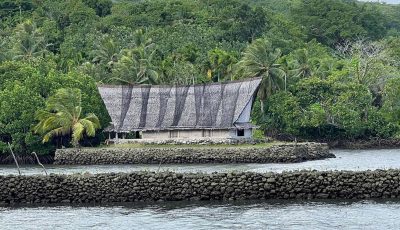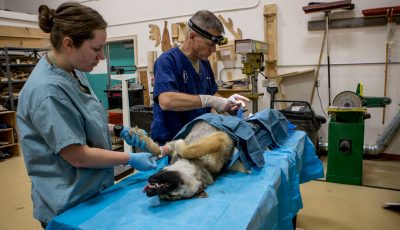Disinfectants and sterilizers as pesticides

Many household products are pesticides and can include kitchen, laundry and bath disinfectants and sanitizers.
There are various types of pesticides, some obvious, some not. A pesticide is any substance or mixture of substances intended for preventing, destroying, repelling or mitigating any pest. Many household products are pesticides and can include kitchen, laundry and bath disinfectants and sanitizers. Products that kill mold and mildew are also considered pesticides.
These types of pesticides are called antimicrobial pesticides. Antimicrobial pesticides are products intended to be used to (a) disinfect, sanitize, reduce or mitigate growth or development of microbial organisms or (b) protect inanimate objects, industrial processes or systems, surfaces, water or other chemical substances from contamination, fouling or deterioration caused by bacteria, viruses, fungi, protozoa, algae, or slime.
Antimicrobial pesticides come in a wide variety of forms, including toilet bowl sanitizers, swimming pool chemicals, and bleach. These products can be used to treat surfaces, air and water to prevent, reduce, or kill dangerous harmful and non-harmful bacteria, fungi, algae and viruses.
Antimicrobial pesticides are categorized based on the type of microbial pest they are designed to reduce or eliminate. Some products are intended to kill certain pests like algae and odor-causing bacteria that are generally not a threat to human health.
There are 3 types of “public health” antimicrobial pesticides:
STERILIZERS are products used to destroy or eliminate all forms of microbial life including fungi, viruses, all forms of bacteria and their spores. They are the strongest type of public health antimicrobials. Sterilizers are generally used in medical and research settings where the presence of microbes must be prevented as much as possible.
DISINFECTANTS are products used on hard inanimate surfaces and objects to destroy or inactivate the growth of bacteria and fungi. Some disinfectants target specific viruses. Disinfectants are used in medical and residential settings and are used to disinfect hard, non-porous surfaces such as toilets, bathtubs, kitchen floors, linens and other hard surfaces.
SANITIZERS are products used to reduce microorganisms from inanimate surfaces to levels considered safe as determined by public health codes or regulations. Sanitizers are the weakest type of public-health antimicrobials. Some sanitizers can be used for locations where food products are placed and stored and other sanitizers can only be used for non-food contact surfaces like carpets or in air.
The DEQ Pesticide Management branch is charged with the responsibility to regulate the importation, sale and distribution of pesticides, legal or illegal to ensure public health and a clean and healthy environment. DEQ staff regularly inspects business establishments for any misbranded products. Should misbranded items be found, all misbranded pesticides will be confiscated and penalties may be assessed.
The CNMI Pesticide Regulations are available to any interested party. Call or visit the Division of Environmental Quality Pesticide Management branch at 664-8522, located along Chalan Pale Arnold at the Gualo Rai Center or visit the DEQ website at www.deq.gov.mp. Office hours are Monday through Friday, 7:30am to 4:30pm. (BECQ)



























